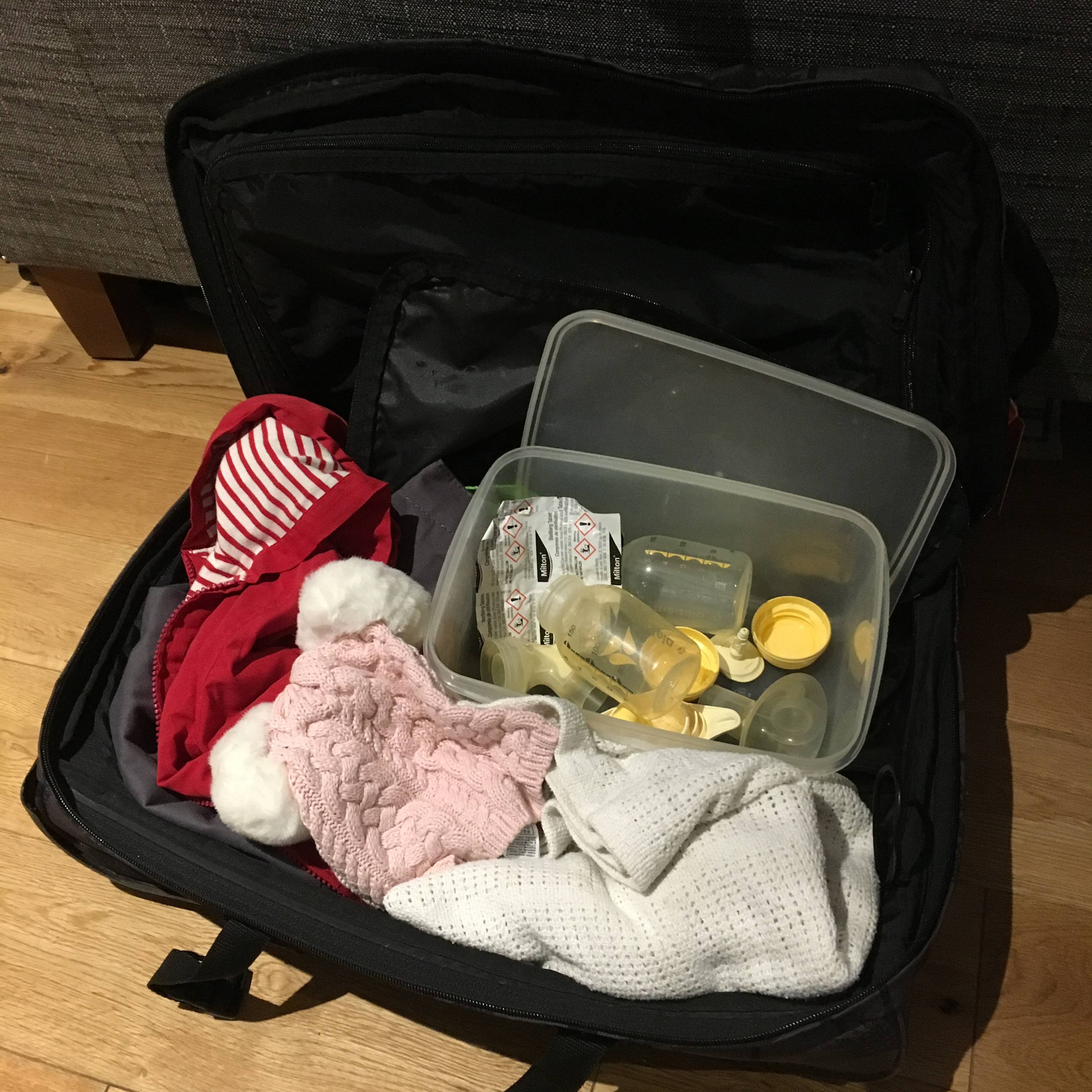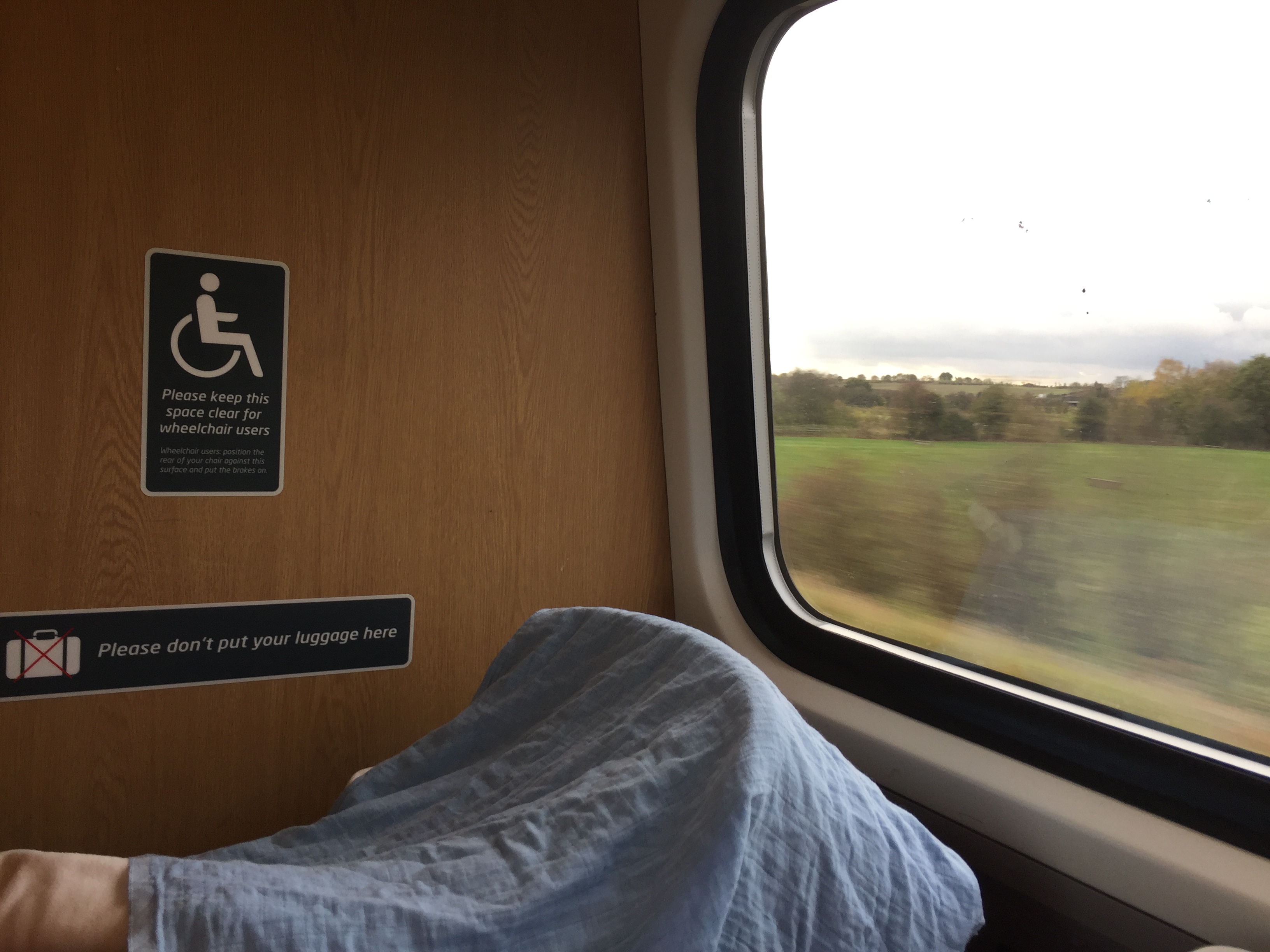The NHS recommends sterilising any feeding or expressing equipment that comes into contact with milk until your baby is a year old. So if you do any bottle feeding at all and are planning on spending time away from home with your baby before she turns one, you need a portable way of sterilising her things. Even with the most generous baggage allowance in the world you’re not going to want to take your bulky plug-in electric steriliser on holiday.
If you’re staying somewhere with a kitchen, boiling the feeding equipment in a saucepan on the stove is a good solution that doesn’t require any extra kit. Make sure there’s enough water to cover the equipment, check that there are no air bubbles trapped, and boil for five minutes. If you put the bottles together with their teats and lids and keep them in a clean container, they’ll stay sterile for up to 24 hours.
An easier route, which doesn’t require access to a stove, is cold water, or chemical, sterilising. There are two options available – tablets and fluid – and which one is best for you will depend on the circumstances of your trip.
They work in the same way: you make a solution and submerge your clean feeding equipment, again ensuring there are no air bubbles. The equipment is ready to use after the time specified on the label (15-30 minutes usually); there’s no need to rinse it, just shake off the excess solution. The items will stay sterile if left in the solution for up to 24 hours; after that point you have to make a fresh batch.
The tablets are extremely light and take up no space in your luggage but are less convenient to use. Each tablet is designed to be dissolved in a specific quantity of water (which varies brand to brand) so if you don’t have a container large enough you’ll need to do some sums and split the tablets accordingly. The fluid is heavier in your luggage but it’s easier to measure out the exact quantity you need.
Whether you opt for fluid or tablets, pack a Tupperware box big enough for your requirements, measuring how much it holds before you travel (pack a lid too – the solution can bleach fabrics so you don’t want it splashing around). You’ll also need a bottle brush and washing up liquid to clean the feeding equipment before you sterilise it, though I’ve been known to use shower gel for the purpose.
Even if you’re not planning on doing any bottle feeding at all, it’s a sensible precaution to take feeding equipment and a couple of bottles of ready-mixed formula away with you if you’re travelling with an unweaned baby, particularly somewhere remote. In the unlikely event that something happens to get in the way of breastfeeding, you’ll want an alternative way of getting some milk down her.



